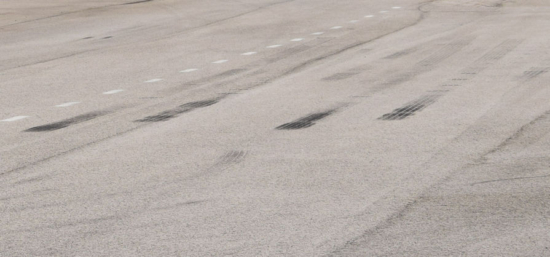Polymer research may reduce tyre-related microplastics
 For researcher Stephen Craig, reduced tyre wear is the most exciting potential application (Photo: Tyrepress / Stephen Goodchild)
For researcher Stephen Craig, reduced tyre wear is the most exciting potential application (Photo: Tyrepress / Stephen Goodchild)
A team of chemists from MIT and Duke University in the USA claim to have discovered a “counterintuitive way to make polymers stronger.” Working with polyacrylate elastomers, a type of polymer commonly used in car parts, the researchers increased resistance to tearing up to tenfold by using a weaker type of crosslinker to join some of the polymer building blocks. They are now looking at this approach’s suitability to other applications, including in tyres.
“If you could make a rubber tyre ten times more resistant to tearing, that could have a dramatic impact on the lifetime of the tyre and on the amount of microplastic waste that breaks off,” says Jeremiah Johnson, a professor of chemistry at MIT and one of the senior authors of the study, which was published in Science on 22 June 2023.
Reporting the research, the MIT Department of Chemistry points out a key strength of the weaker bond approach is that it doesn’t appear to alter any of the polymers’ other physical properties. Stephen Craig, a professor of chemistry at Duke University who is also a senior author of the paper, elaborates: “Polymer engineers know how to make materials tougher, but it invariably involves changing some other property of the material that you don’t want to change. Here, the toughness enhancement comes without any other significant change in physical properties — at least that we can measure — and it is brought about through the replacement of only a small fraction of the overall material.”
Exciting opportunity to lower tyre microplastics
The research team has filed a patent on the approach, and Stephen Craig emphasises that much work remains before the insights can be used to design tougher synthetic rubber suitable for use in tyres. “But that’s the long-term application I’m most excited about,” he adds.
Craig notes that studies estimate tyres release around 6 million tonnes of dust and debris around the world each year, accounting for as much as ten per cent of the microplastics that end up in the oceans and three to seven per cent of the particulate matter in the air: “That’s just from tyre tread wearing down on roads,” he says. “If you could reduce that by even ten per cent, that’s still 600,000 tonnes of microplastics you’d be keeping out of the environment. So, I’m really excited to see how these kinds of ideas might translate to that problem.”
The project grew out of a longstanding collaboration between Johnson, Craig, and Duke University Professor Michael Rubinstein, who is also a senior author of the paper. The paper’s lead author is Shu Wang, an MIT postdoc who earned his PhD at Duke.



Comments